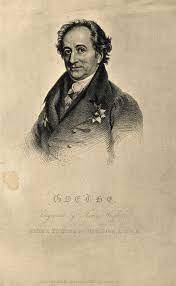- Alias-Pseudonimo-Pseudonyme: -
- Nationality-Nazionalità-Nationalité: Switzerland, Svizzera, Suisse
- Birth/death-Nascita/morte-Naissance/mort: -
- Means of transport-Mezzo di trasporto-Moyen de transport: Bike, tricycle, Bicicletta, triciclo, Vélo, tricycle
- Geographical description-Riferimento geografico-Référence géographique: Silk Road, Via della seta, Route de la soie
- Additional references-Riferimenti complementari-Références complémentaires: Bolliger S., Perrin A., Sulla Via della Seta, La Città, luglio 2008.
Sono partiti. Sono montati in sella alla loro bicicletta e hanno iniziato il loro percorso che li porterà a visitare diversi paesi, fino ad arrivare in India.

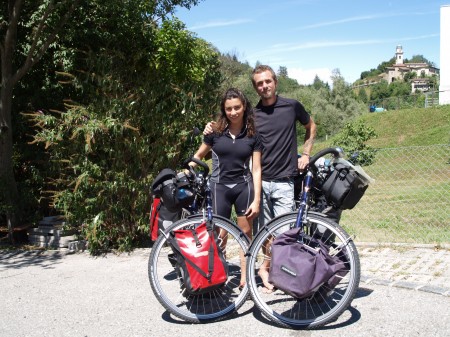
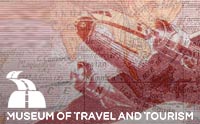
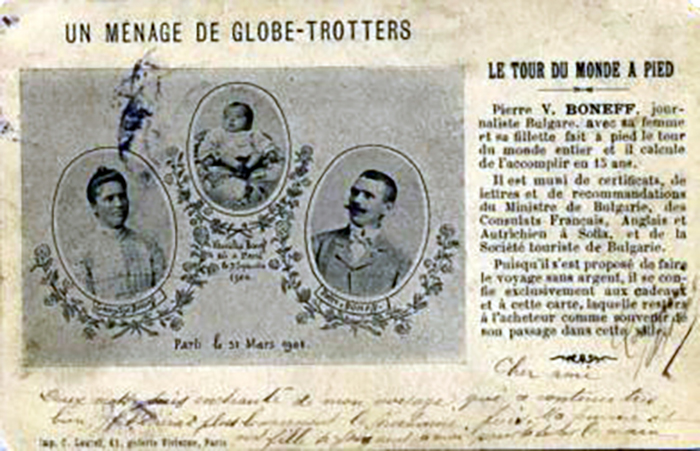
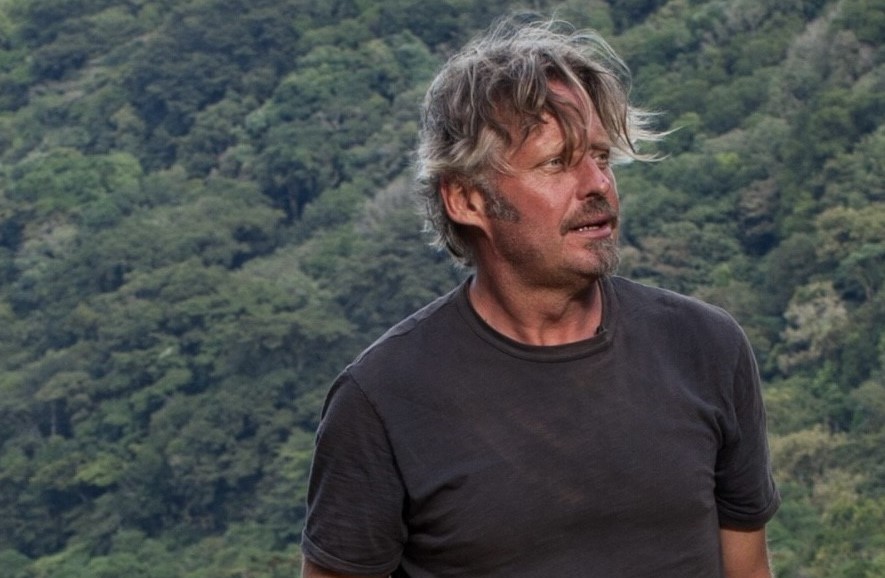
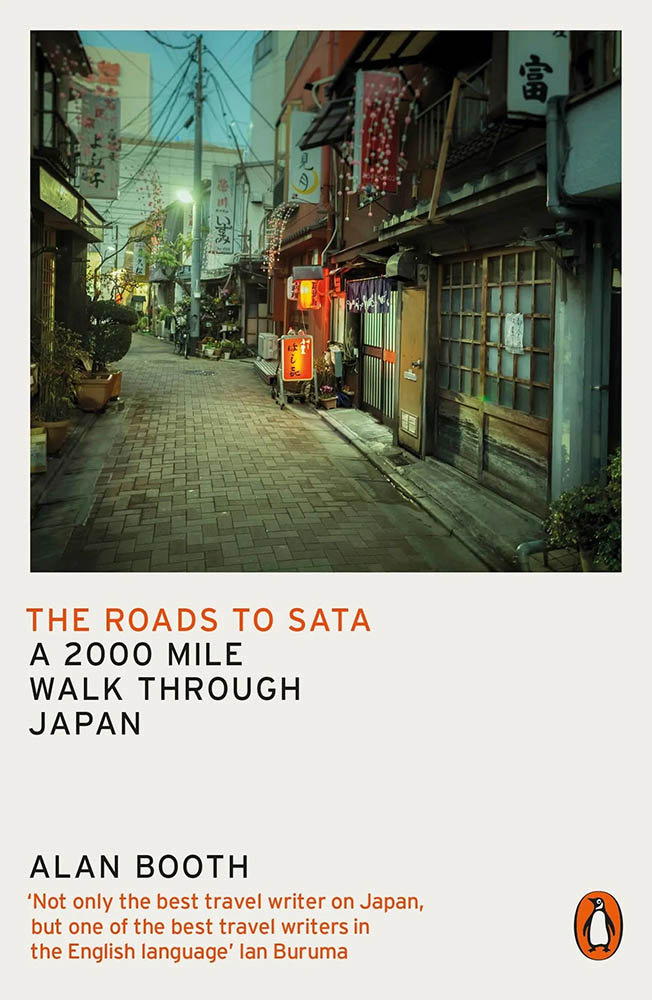
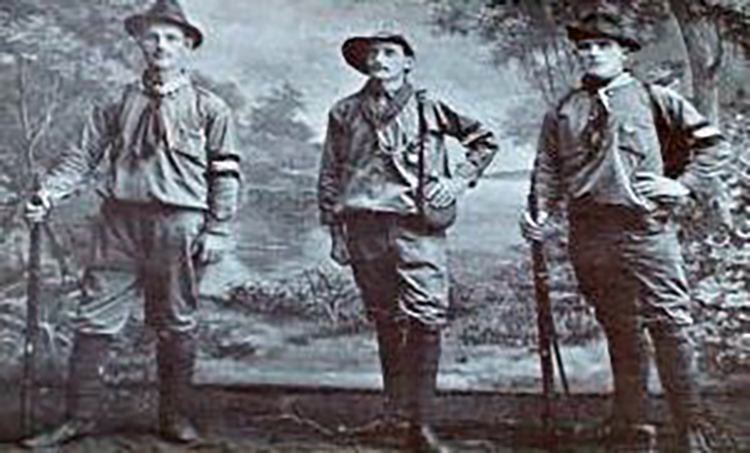
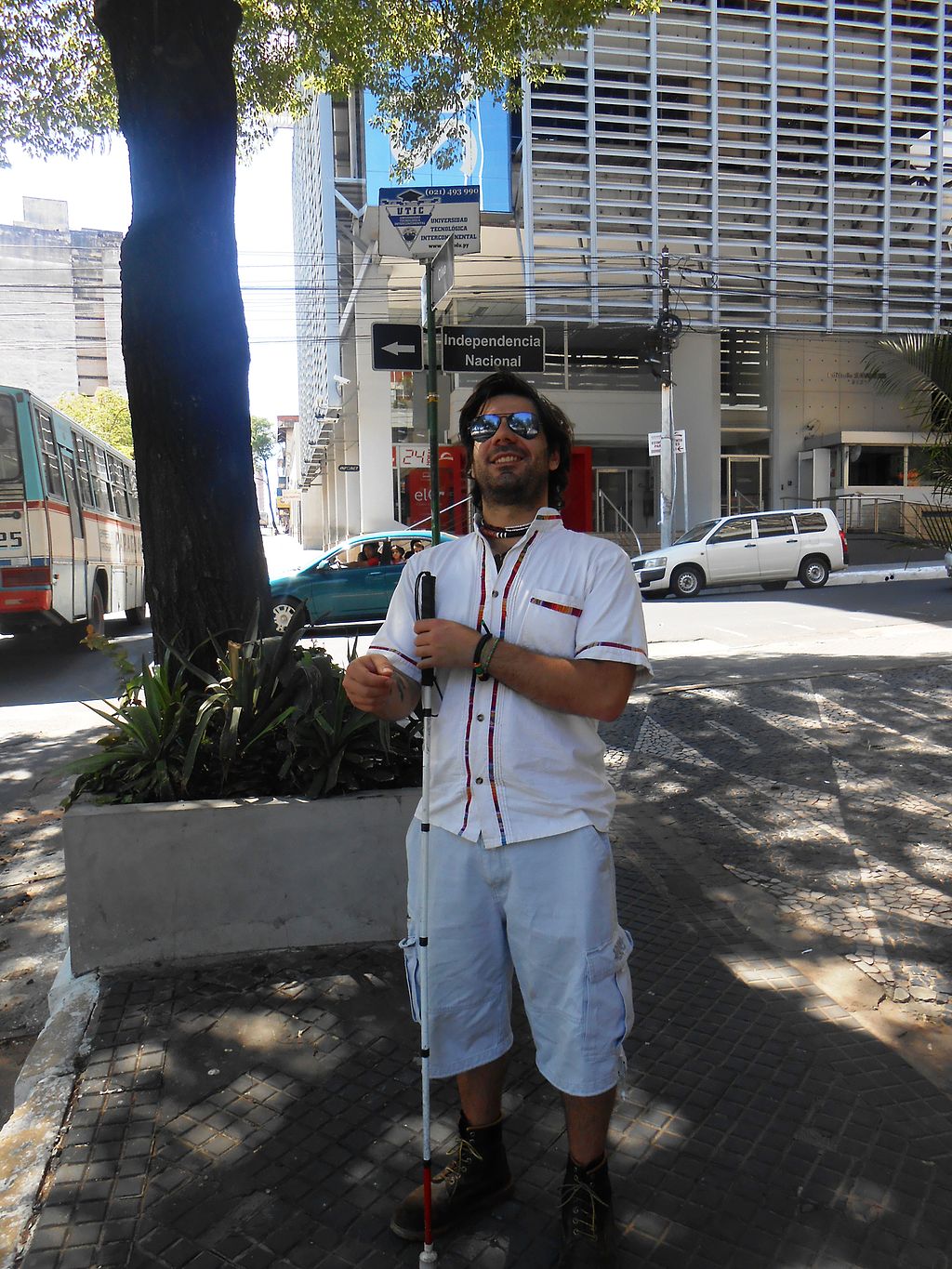
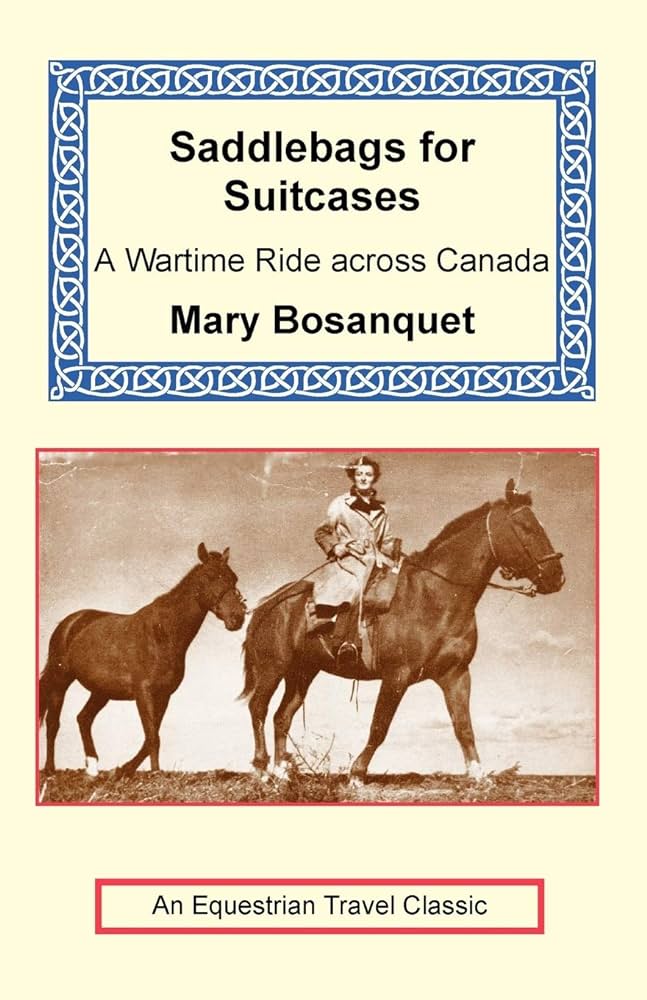
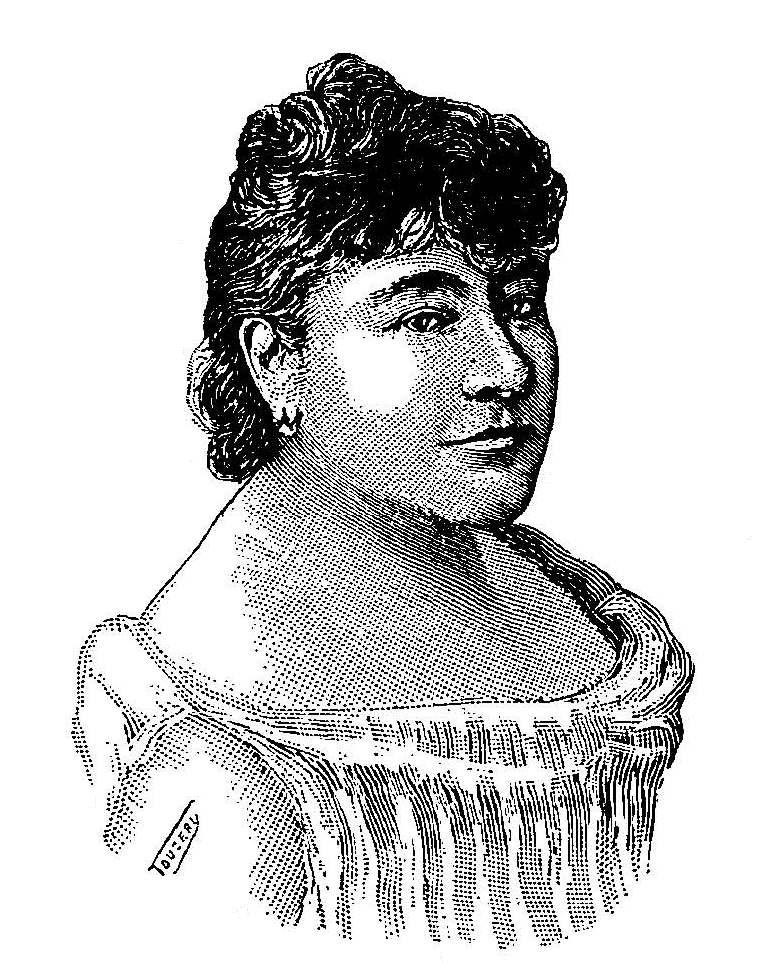
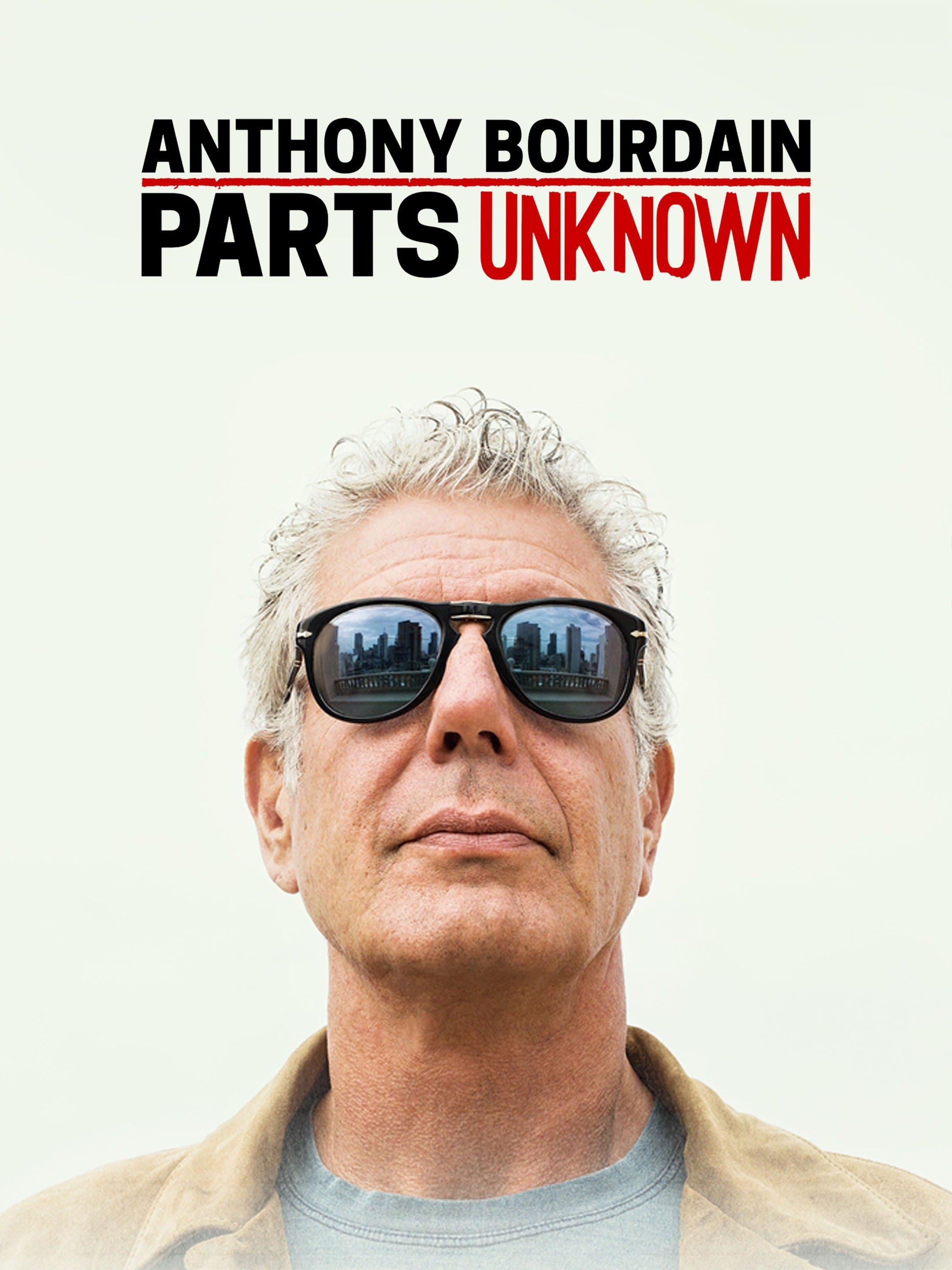
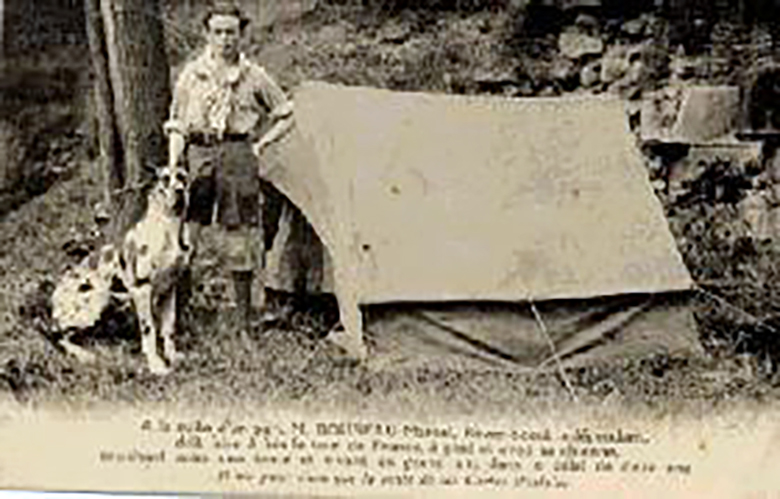
.jpg)
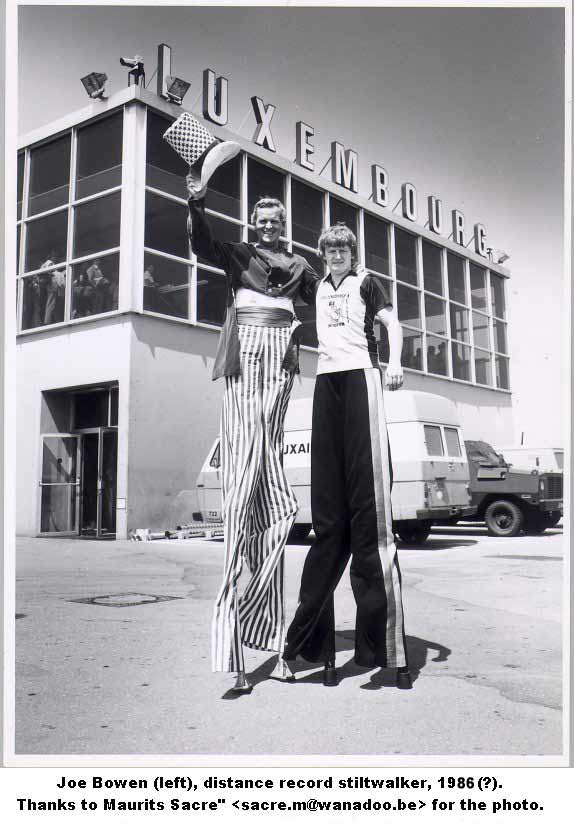
.jpg)
 Français
Français  Italiano
Italiano  Deutsch
Deutsch  English
English 